After being domesticated a very long time ago, dogs have gradually become a part of Vietnamese culture and life. There are only a few native dog breeds in Vietnam, and most foreigners don’t know about their existence. They are Phú Quốc, Bắc Hà, Lài, H’Mông Cộc Đuôi, also known as “the four greats of Vietnamese dogs.” These canines have a rich past from indigenous cultures with interesting myths, folklore, and legends.
All of them are excellent protectors and hunters of the local people, from the high mountains of the northern provinces of Ha Giang and Lao Cai to the southernmost point of Phu Quoc island in Kien Giang province. We’ll discover these four unique native Vietnamese dog breeds in more detail below.

The 4 Unique Vietnamese Dog Breeds
1. Phú Quốc Dog

| Weight: | 26–40 pounds |
| Lifespan: | More than 20 years |
| Colors: | Black, orange, fire yellow, brindle, grey, mixed |
First, we’ll learn about one of the most famous Vietnamese dog breeds: the Phú Quốc, also known as the Phu Quoc Ridgeback. This is an uncommon breed from Phu Quoc island in Kien Giang province, South Vietnam. If you travel there, elders will talk to you about these canines and show their immense love and respect for them.
People said these pups have lived on the island for hundreds, if not thousands, of years. In 1886, four Phú Quốc dogs were brought to Europe for the first time by Fernad Doceul, exposing this distinct breed to members of the general public. The dog was first categorized globally by the French in the 1800s.
Phú Quốc dogs have a slim but very athletic appearance. They have a long jaw, a small head, and a unique “eddy” of hair on their back (only a small number of breeds in the world have this feature).
They have webbed paw linings that enable them to run fast on the sand, swim in the water like experts, and catch fish. They can jump over tall gates and climb trees easily, so sometimes you will find them on top of a high fence or the roof of buildings.
These intelligent canines usually dig a cave to give birth. They are very good at chasing and persistently following the tracks of their prey. That’s why they were the favorite dogs of the military in the past.
As a medium-sized pet with minimal maintenance (short hair requiring a quick bath once a month and just a little grooming effort), Phú Quốc makes a great family member. In addition, they are very devoted guard canines. But with their high energy levels, this breed will need a lot of exercise and fun activities to be stimulated, healthy, and happy.
2. Bắc Hà Dog
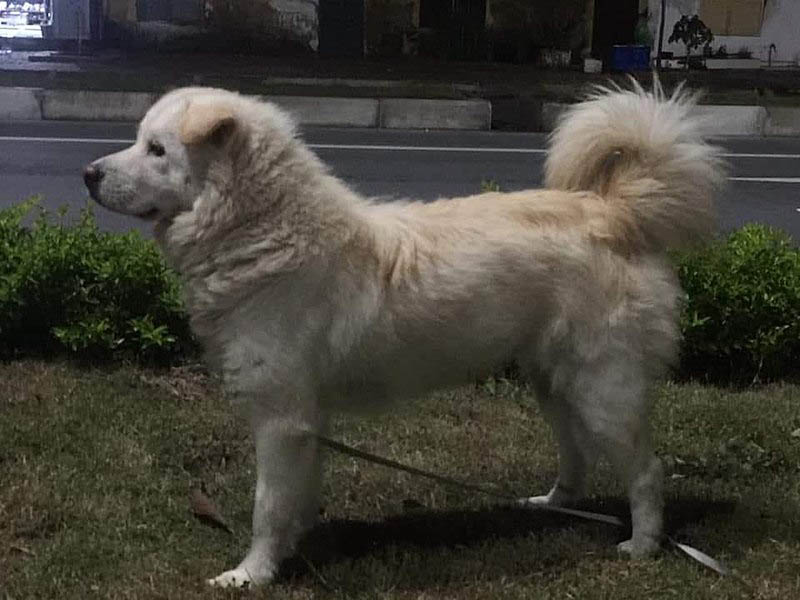
| Weight: | 35–58 pounds |
| Lifespan: | 9–15 years |
| Colors: | White, yellow, black, brindle, tan, grey, red, mixed |
The next Vietnamese breed we will look at is the Bắc Hà dog, referred to by the region at the northernmost tip of Lao Cai province where they originated. Although there is little information on these canines, H’mong people have raised them for generations as guarding, working, and hunting companions. They are highly clever, devoted, and agile.
Because these dogs are from the cold, damp, and treacherous mountainous areas of Northern Vietnam, you can see that their appearance reflects this geographical feature very well. This dog has a fluffy coat, a hairy mane, and a bushy tail that resembles a mop. Therefore, Bắc Hà breeders don’t recommend that Southern Vietnamese get the breed because the climate is not suitable, especially the intense heat in these areas, which can cause them to have rashes, severe hair loss, or heat stroke.
In 2020, a beautiful white Bắc Hà canine called Sói won the Vietnamese Native Breeds Championship Dog Show. According to his owner, he is graceful, friendly, and calm but extremely alert, making him an excellent guard dog.
3. Lài Dog
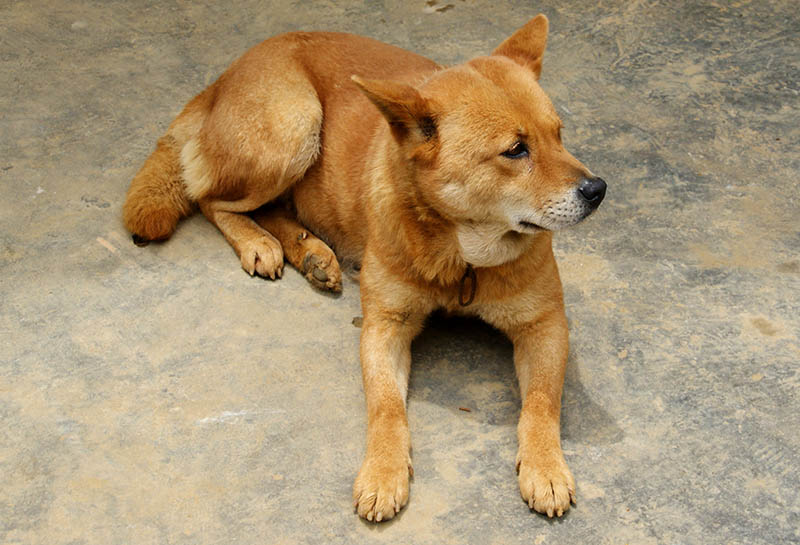
| Weight: | 44–55 pounds |
| Lifespan: | Up to 20 years |
| Colors: | Black, yellow, white, and yellow |
The Lài dog breed has been around for over 5,000 years and was used for hunting in the Indochinese peninsula’s mountainous areas, including northern Vietnam. They spread by boat from Southeast Asia’s mainland to the Indonesian islands and as far as Australia.
Lài dogs, like the Bắc Hà, have a special place in the region’s history. These athletic canines are intelligent and serve as excellent protectors. Loyalty, wildness, strict discipline, and a keen sense of hunting are outstanding traits of this breed. They love to exercise and enjoy living in a large home that allows them to run around.
These dogs are most popular in Lao Cai and Tay Bac, where they help the H’mong community by working in the forest, herding livestock, and guarding homes. They used to be able to go hunting alone and bring prey back to the house, but now, these canines are more domesticated.
4. H’Mông Cộc Đuôi Dog
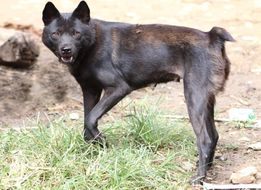
| Weight: | 33–55 pounds |
| Lifespan: | 15–20 years |
| Colors: | Black, brindle, brownish red, white, light yellow, gray, red |
Last but not least is the H’Mông Cộc Đuôi, the Vietnamese breed that also came from the mountains in the north. These pups have a close connection with the H’mong ethnic group that settled in these areas centuries ago. Their ancestors were a mix between an endemic dog and a wild jackal species, so their wild DNA makes them resistant to sickness and extreme heat.
Like the breeds we mentioned above, H’Mông Cộc Đuôi dogs are also trained by the H’mong people to assist in hunting, livestock management, and guarding. These canines are well-known for their exceptional memory, which enables them to remember the arduous forest and mountain roads they have traveled on.
H’Mông Cộc Đuôi dogs are loyal and intelligent, and they live primarily in Tay Bac, Ha Giang, and Lao Cai in Vietnam. They are strong and have long, straight, muscular legs, bobtails, and dense coats. These pups may look like silly clowns when they are still puppies, but as adults, they become muscular and powerful canines that weigh up to 55 pounds and can easily navigate the rough terrain of northern Vietnam. From Hanoi to Saigon, devoted fans are forming clubs to help preserve, support, and increase awareness of this unique dog breed.
- See Also: How Much Does a Hmong Dog Cost?

Do People in Vietnam Have Dogs as Pets?
The big misconception is that the relationship between Vietnamese people and dogs is through eating. But with the change of generations and increasing awareness, most people are vehemently against eating this devoted animal.
There are a lot more citizens who love and respect dogs than you might think. These animals are best friends and an integral part of Vietnamese families. More than 7.7 million domestic pups live in Vietnam. However, it is uncommon for people to declare that they own a pet, particularly in rural areas where registration is almost nonexistent. So the actual number of dogs is likely much larger.

Summary
Vietnam’s native dog breeds are as varied as the country’s geography, each with a unique personality and physical characteristics. The four greats of Vietnamese dogs include Phú Quốc, Bắc Hà, Lài, and H’Mông Cộc Đuôi breeds. They are all known for being devoted companions and excellent guardians. With this article, we hope you have gained a better understanding of these purebred Vietnamese canines.
Featured Image Credit: Stamaenna, Shutterstock


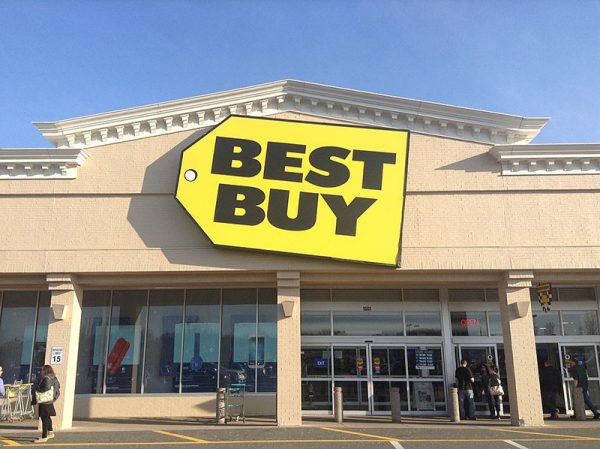
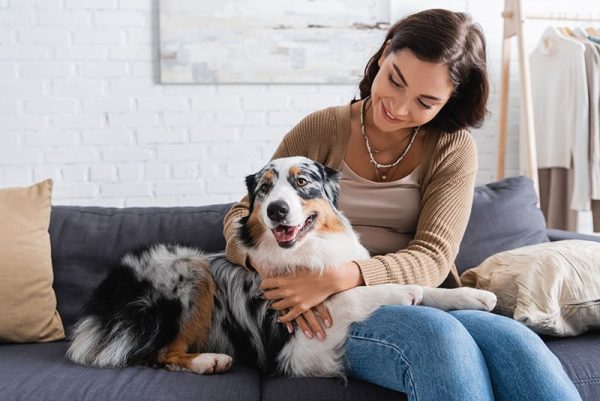
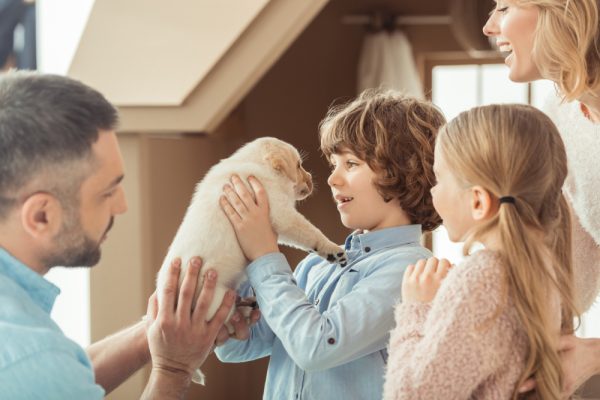
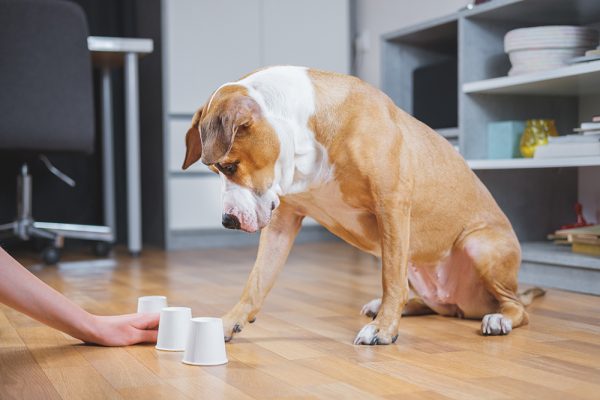

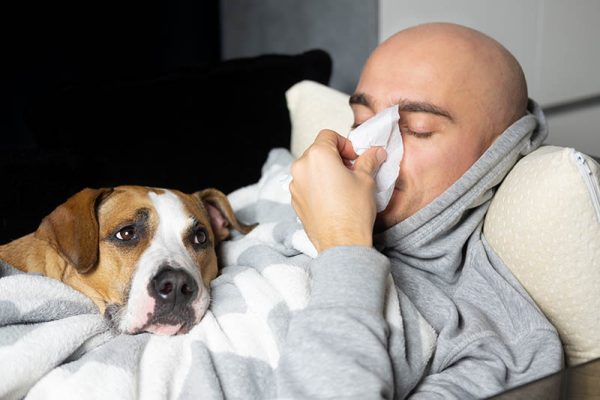
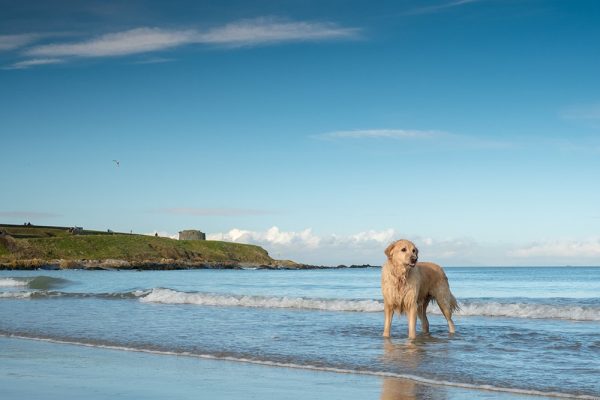
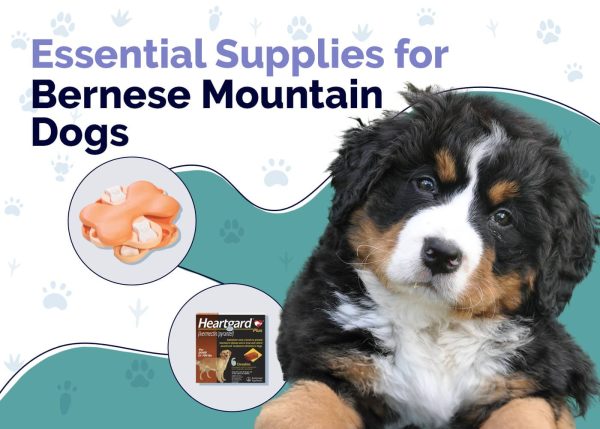


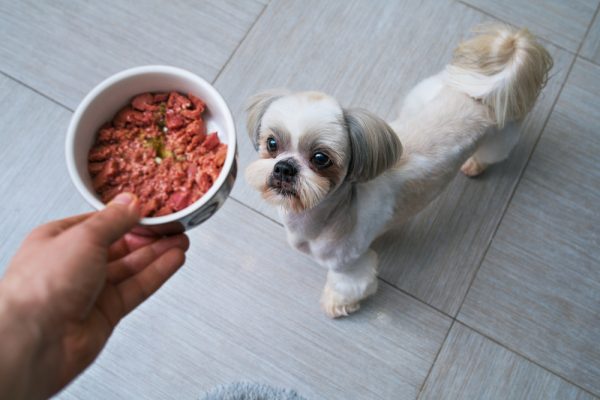
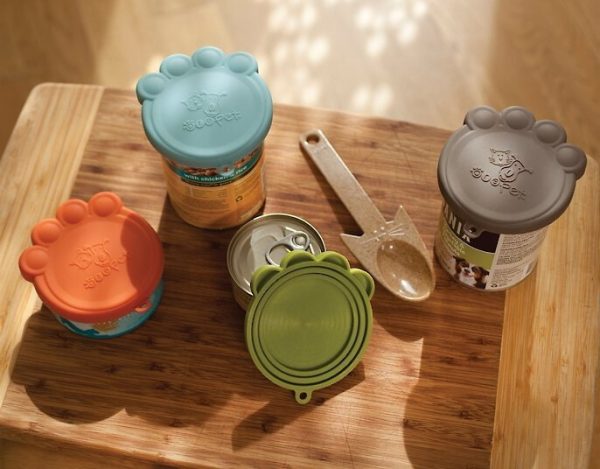
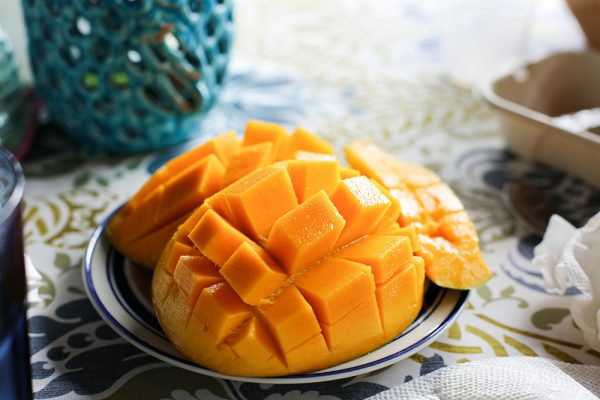
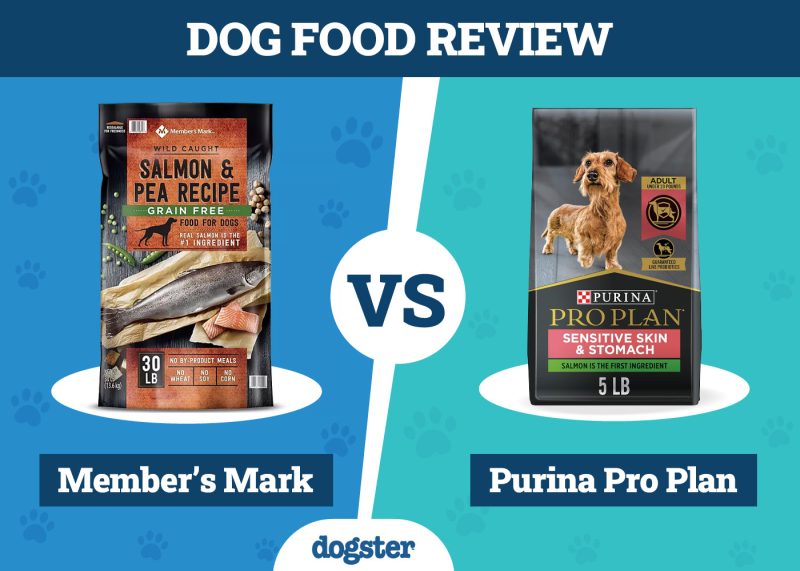
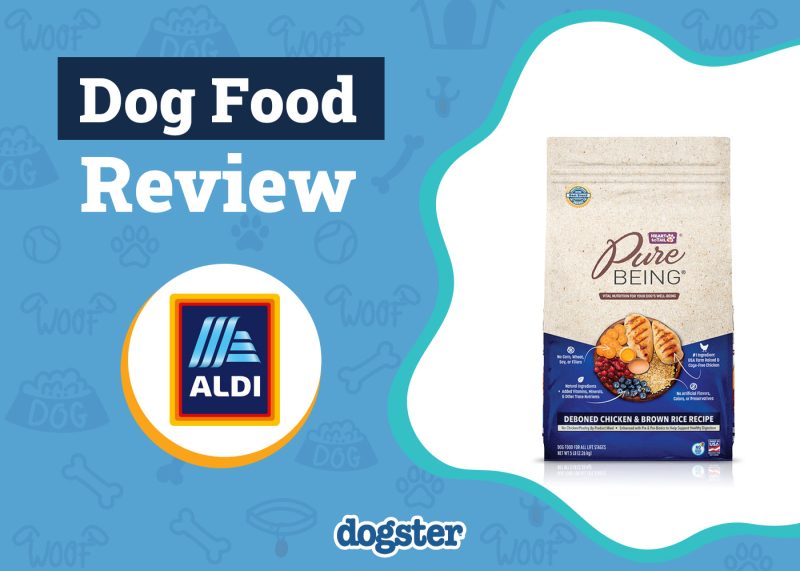


One Response
The Lài dog breed has been around for over 5,000 years and was used for hunting in the Indochinese peninsula’s mountainous areas, including northern Vietnam. They spread by boat from Southeast Asia’s mainland to the Indonesian islands and as far as Australia.
where was the boat from?
If it did reach Australia, the lai dog above is a similar looking descendent of the dingo, the original Asian wild dog, is likely preserved in it pure form in the Australian dingo 2 maybe 3000 years ago
As South Indians share many similarities weapons art language and are identical lookalikes, I figured thats where they and aborigines came from
Canaan dogs prairie dogs all look similar, so if it spread from Vietnam it didn't look like the picture showing, its descendant was a dingo.